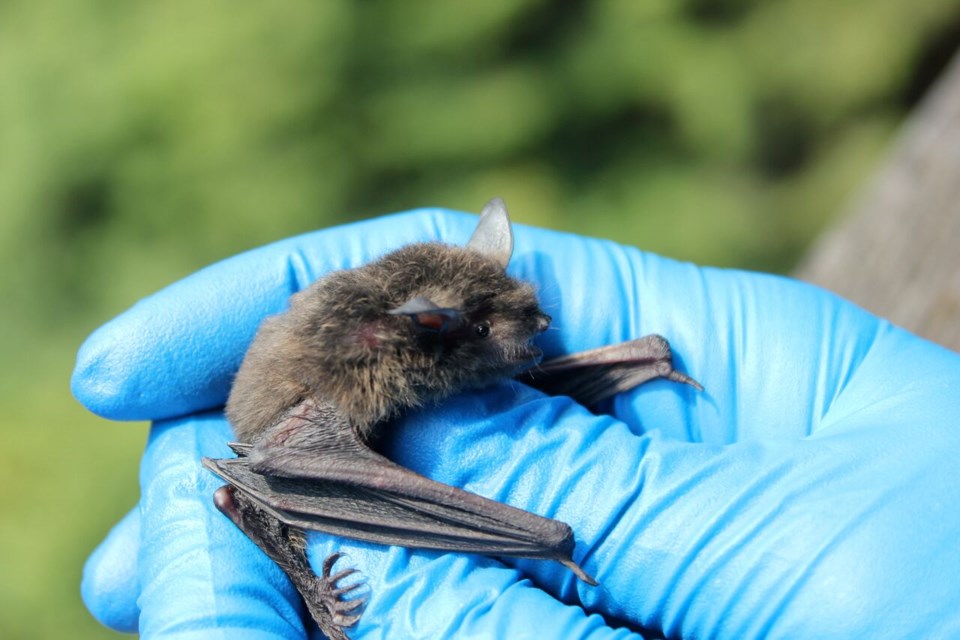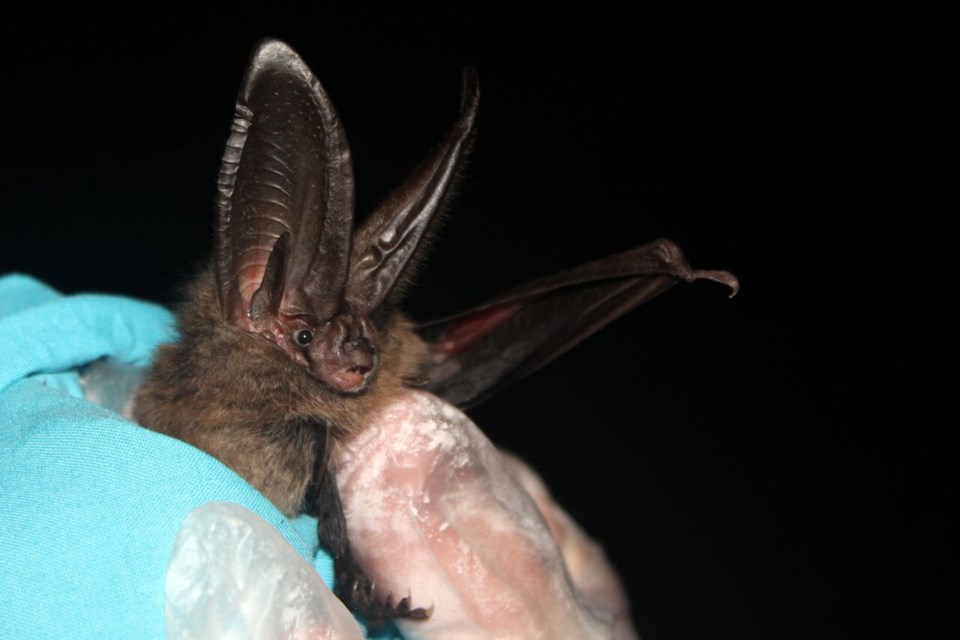In honour of International Bat Appreciation Day, April 17, here are some fast facts about the mammal from the Community Bat Programs of BC:
1. There are 10 species of bats in the Lower Mainland/Sea to Sky Corridor region.
2. All local bats eat insects and arachnids.
3. B.C.'s largest bat is the hoary bat, which has with a wingspan of about 39 centimetres (15 inches) and weighs as much as a dinner fork.
4. Some species of bats can live up to 40 years.
5. Although bats use echolocation, they can see very well in the dark.
6. Bats are the only mammals naturally capable of true and sustained flight.

7. Bats are clean animals, grooming themselves almost constantly.
8. Bats do not chew or scratch wood or wires as rodents do. Their tiny, sharp teeth are used to crunch hard-bodied insects.
9. There are over 1,300 known species of bats in the World.
10. Almost 70 per cent of these bats are insectivores.
11. Bats play a very important role in our ecosystem by eating insects, including insect pests of our forests, crops and gardens.
12. Female bats form maternity colonies in April and May each year in preparation for their reproductive season.
13. Bats may roost in natural and artificial sites such as crevices, trees, buildings, bridges, or bat boxes. These habitats are critical for female bats as they only have one young each year.
14. Bats will feed over fresh and salt water.
Report roost sites, dead bats, and unusual late winter bat behaviour (e.g., bats flying during the daytime) should be reported to vancouver@bcbats.ca or 1-855-922-2287 ext. 11.
Visit www.bcbats.ca for more information about bats.




